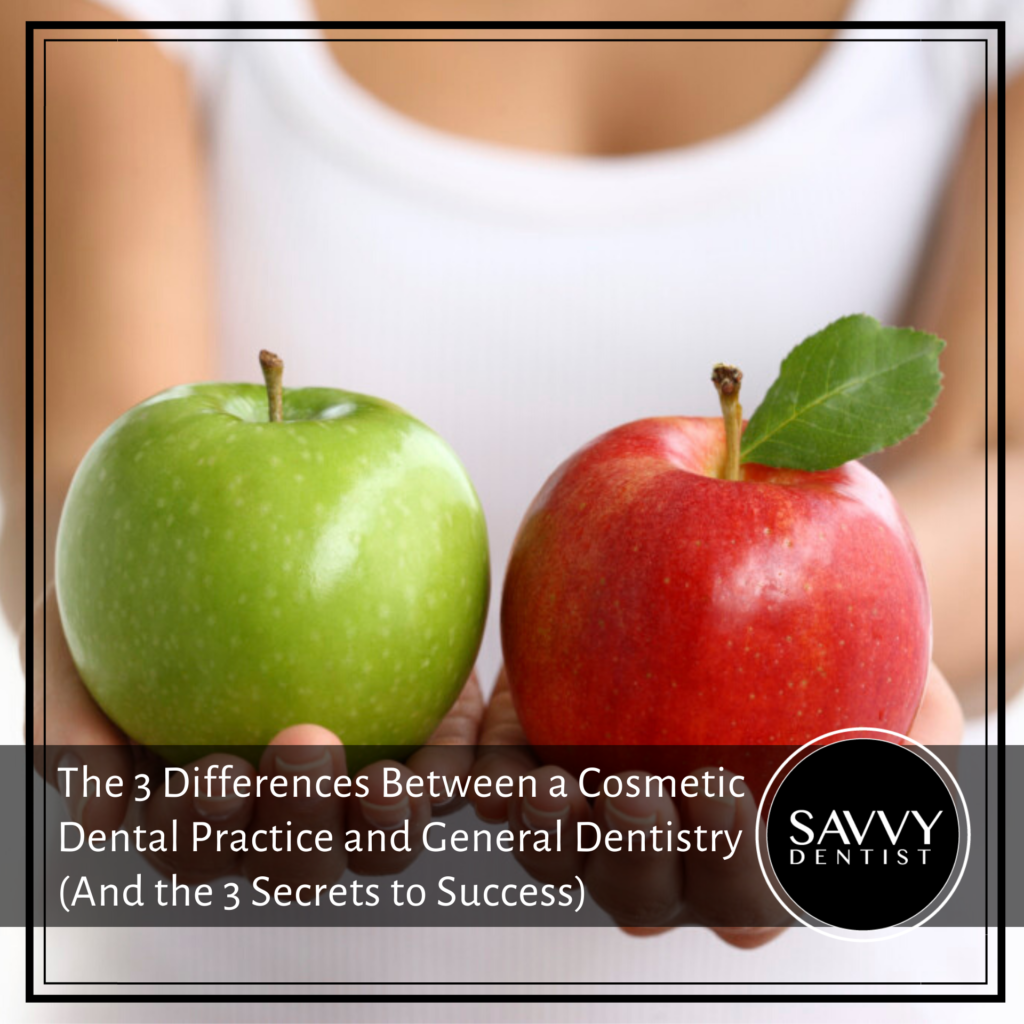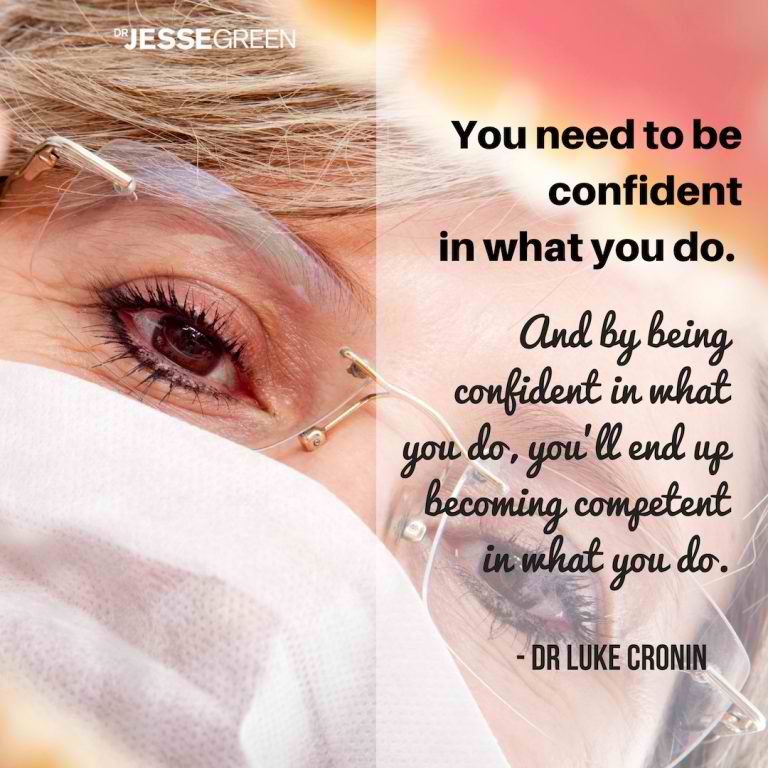…(ANDTHE 3 SECRETS TO SUCCESS)
If you are a dentist that owns your own practice, you wouldn’t be alone if you had considered adding some cosmetic dental services to your roster. Even if you are running a traditional, general practice, the idea of those high-value cosmetic patients is tempting.
However, it is important to know that opening a cosmetic dental practice or expanding your existing services isn’t the same as adding a new service to your general dentistry roster. Patients seeking out cosmetic dentistry are a different breed. The procedures they’re interested in are elective, often quite pricey, and aspirational in nature.
While cosmetic dentistry can be quite lucrative, it is important to understand the differences from general practice. These are 3 differences to the inner workings of cosmetic dentistry.
1) It starts with the right patients.
Possibly the hardest part to get right about cosmetic dentistry isn’t the technical side, but the patient you’re treating. People come to cosmetic dentists with expectations which can often be unrealistic – whether the treatment they want is completely fictional or the outcome they desire is unrealistic.
One of the major pitfalls that cosmetic dentists can stumble into is starting treatment with a patient and then realising that no matter what they do, the patient is going to be unhappy. Just as with other cosmetic procedures, some patients are hoping to fix more than just their teeth, but their perception of themselves.
It is important to have a good relationship and mutual respect with each patient before starting treatment. Throughout the whole journey, communication is critical. During your initial consultation, it is important to talk about what they want, and why they want it.
2) Setting and managing expectations throughout the journey is crucial.
A lot of general treatments are often relatively short appointments whereas cosmetic patients will likely take a much longer journey with you. Therefore, pre-framing expectations ahead of time is even more important with cosmetic patients than general dentistry patients.
For example, with veneers, the first time they see the mock-up of the design, it’s very exciting. Preparing the teeth is not as exciting for the patient. Then what might be surprising to most people is that when you fit the teeth that are also not as exciting. They’re numb. The mouth feels strange. They don’t look like the mock-up because their lips aren’t moving.
Remember that cosmetic patients come with expectations and sometimes immediately after a procedure, if a patient doesn’t look the way they’ve imagined, they will begin to feel remorse. Managing these feelings is key to ensuring a satisfied patient outcome, but this can be very difficult.
The best way to do this is to prep them prior to the appointment. You can let them know how they’re going to feel both physically and emotionally. You can say, “Hey, you will likely feel these emotions after the procedure, but they will wear off as you settle into your new teeth.”
This lets them prepare themselves so they know what they’re feeling is normal so they won’t feel as much shock. Then at the three-week check-up, you will find that all of these feelings have subsided and they’re satisfied with their veneers.
3) Presenting your case and overcoming objections.
In general dentistry, selling a service can often be an uphill battle. Most patients don’t stroll into a dental office hoping to be told they need a root canal or that it’s time to extract their wisdom teeth. Most general dentistry patients want to be told they don’t need any further treatment than their regular cleaning.
Cosmetic dentistry patients are seeking you out specifically for elective treatment, which means you will be handling different objections. Usually, their biggest questions are, “Is it going to look like what I hope it will?” and, “Can I afford this?”
Digitisation of cosmetic procedures can really help us tackle these questions. By using a digital workflow, we can begin to guarantee a specific outcome. Patients can see mock-ups of photos of what their smile will look like after the treatment and we can consistently deliver on those promises.
The Three C’s To Becoming a Good Cosmetic Dentist
If you are thinking about integrating a cosmetic aspect into your practice or launching an entire cosmetic dental practice, you’ll want to make sure you know these three secrets:
1) Confidence
2) Case selection
3) Competency
The confidence comes from mastering the digital workflow so you can be confident in achieving a specific endpoint before you start.
For case selection, it’s important to know that there’s no need to jump into the deep end. You don’t need to take the hardest case if you don’t feel confident in delivering a good outcome.
Competency comes with practice. The more we do it, the better we become. No one’s first set of veneers is going to be as good as their 100th set. That’s just the way things work. But by choosing the right cases and having a little bit of confidence assisted with a digital workflow, you can begin to practice and improve your outcomes so that you can offer consistent service to each patient.
Final Words…
Cosmetic dentistry offers a variety of new skills to tackle from the technical skills to the patient experience. You need to ensure that you have really good communication skills and know how to support a patient throughout the entire process. You also need to know the processes inside and out. With digitisation, it is now possible to have repeatable and predictable outcomes.
Cosmetic dentistry is a growing market. If this is a market where you wish to succeed, there is definitely an opportunity.






